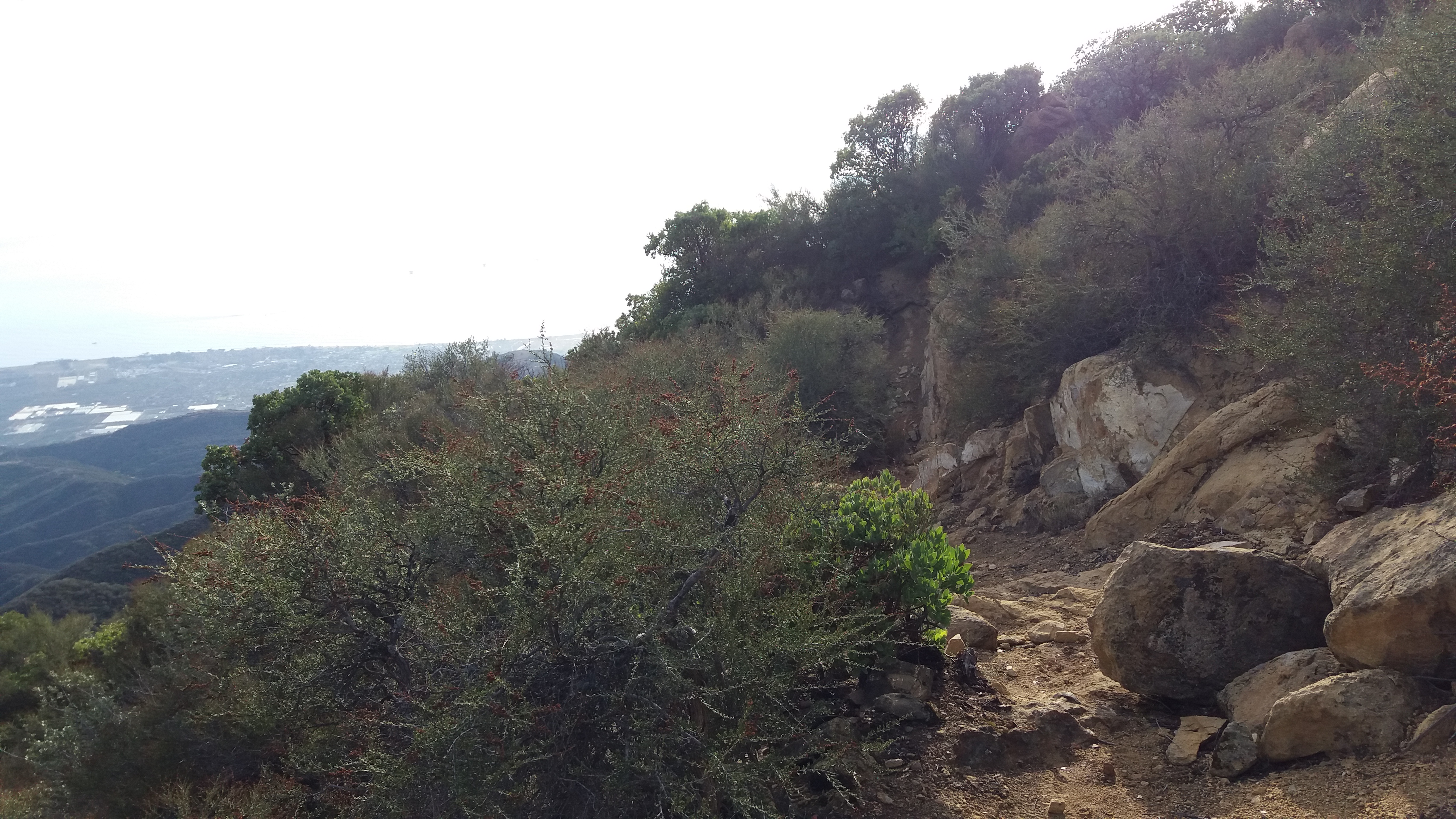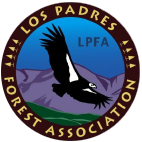Franklin Trail South - Los Padres National Forest
Trail Distance 7.9 Miles
Though not open for more than 30 years, thanks to the efforts of the Friends of the Franklin Trail, the part of the historic route to the crest is now accessible to the public. The trail takes you past Carpinteria High School and then climbs 600 feet to the top of a prominent knoll. Along with the ascent, the views get better and better. There is a beautiful wood carved bench at the top where you can enjoy the best viewing spot in the area. The trail then proceeds up the dirt road to a locked gate (2.2 miles from the start), then pass this gate and head up the road following the trail markers to the upper portion of the trail for 3 miles, the trail then starts and climbs towards the crest and Divide Peak OHV route. The upper portion of the trail is 1.8 miles long and the most beautiful portion of the trail.
The Franklin Trail provided access for decades for many an outdoor adventurer, hunter, fisherman and backcountry explorer for many decades until things began to change after World War II, especially as avocado ranching became more and more prominent. About the same time Carpinterians were first venturing over the Santa Ynez Mountains to explore the mysteries of the backcountry, Santa Barbara Judge R.B. Ord introduced the Mexican avocado to the area. By the 1950s a number of varieties were becoming commercially successful, among them the Fuerte and the Hass.

In Carpinteria, ranches such as those owned by the Franklin families and others began to change hands and this shift in ownership accelerated in the early 1970s when the Carpinteria Valley became a mecca for commercial flower growing. Over time a wide swath of valley land stretching along the base of the mountains from Santa Monica Canyon east to the County were developed either for avocados or nursery related businesses. By the mid 70s public access to the mountains ground to a halt and after the Romero Fire in 1971, brush rapidly closed in what was left of the upper parts of the Franklin Trail.
Trail Details
- Trail #: 25W09
- Wilderness Area: Non Wilderness Area
- County: Santa Barbara County
- Ranger District: Santa Barbara Ranger District
- Trail-head Latitude: 34.46616
- Trail-head Longitude: -119.50271
- Water Sources: Alder Creek - Dependable
- Trail Condition: Good - Trail is easy to follow and is in good shape
- Topo Maps:
Activities & Features: - Backpacking
- Camping
- Day Hiking
- Mountain Biking
Trail Stats
- Total Elevation Gain: + 377 feet.
- Total Elevation Loss: - 1782 feet.
- Overall Average Slope Gain: + 10 %.
- Overall Average Slope Loss: - 19 %.
- Kilometers: (km)
- Meters: (m)
- Miles: (mi)
- Feet: (ft)
- Average Slope: (%)

Photo By: - Website Link

http://www.sboutdoors.com



 Use Marker Groups
Use Marker Groups





 Franklin Trail South Survey - 04-01-2022 - by Adam Donald
Franklin Trail South Survey - 04-01-2022 - by Adam Donald